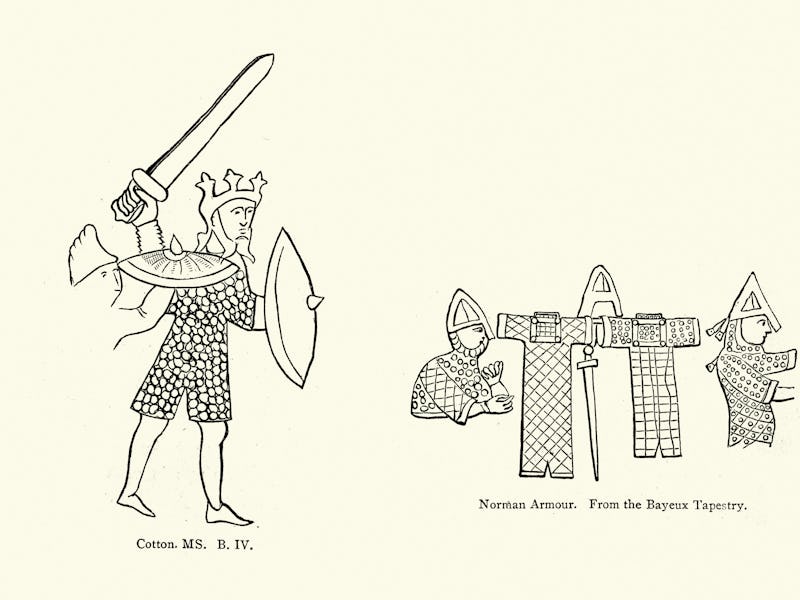Amateurs discovered an ancient grave that rewrites history
"This the first burial of its kind."

Sue and Mick Washington were taking a leisurely stroll through the British countryside in 2018 when their metal detectors began to chirp.
Intrigued, they enlisted some local friends to help them dig up their find. They had no idea that what lay beneath the soil would change our understanding of Britain immediately after one of the most tumultuous periods in the country's history: the Roman occupation.
The discovery offers proof that world-changing discoveries may truly be all around us — if we only know where to look.
INVERSE IS COUNTING DOWN THE 20 STORIES REDEFINING 'HUMAN' FROM 2020. THIS IS NUMBER 10. SEE THE FULL LIST HERE.
Britain has a long history of war, conquest, and triumph written in its very soil — which is exactly what the Washingtons and their friends realized when they dug into the ground and unearthed two ancient bronze bowls. Realizing the fragility of the artifacts, they called archaeologists from the University of Reading for help.
Sue Washington, who stumbled upon the Marlow Warlord.
Upon further inspection, the archaeologists realized the bowls were just the beginning. In the summer of 2020, they announced the site held the remains of an Anglo-Saxon man dating back nearly 1,500 years. He was buried alongside ornate scabbards and swords, suggesting he was an ancient, noble warrior. At six-feet tall, this warrior would have towered over his peers — the average 6th century man stood just five-foot-five inches tall.
The archaeologists dubbed the warrior the 'Marlow Warlord.' They are yet to publish data about the discovery in a peer-reviewed journal, but Gabor Thomas, a specialist in early medieval archaeology at the University of Reading, said in a statement the find could change our concept of the people who came after the Romans receded from Britain.
"[The burial] suggests that the people living in this region may have been more important than historians previously suspected," Thomas said.
In addition to bronze bowls, the team uncovered ancient swords and scabbards.
The Marlow Warlord was discovered in a section of the Thames Valley, which lies between London and Oxford. Previously, researchers had believed the area to be a borderland between the thriving societies established in London and Oxford during the Roman occupation. But the warlord suggests these borderlands may have had their own distinct society, too.
The archaeologists want to learn more about this man's diet, health, and geographical origins. By understanding the man, the research will provide a glimpse of what his society might have looked like, too.
INVERSE IS COUNTING DOWN THE 20 STORIES REDEFINING 'HUMAN' FROM 2020. THIS IS NUMBER 10. READ THE ORIGINAL STORY HERE.
This article was originally published on